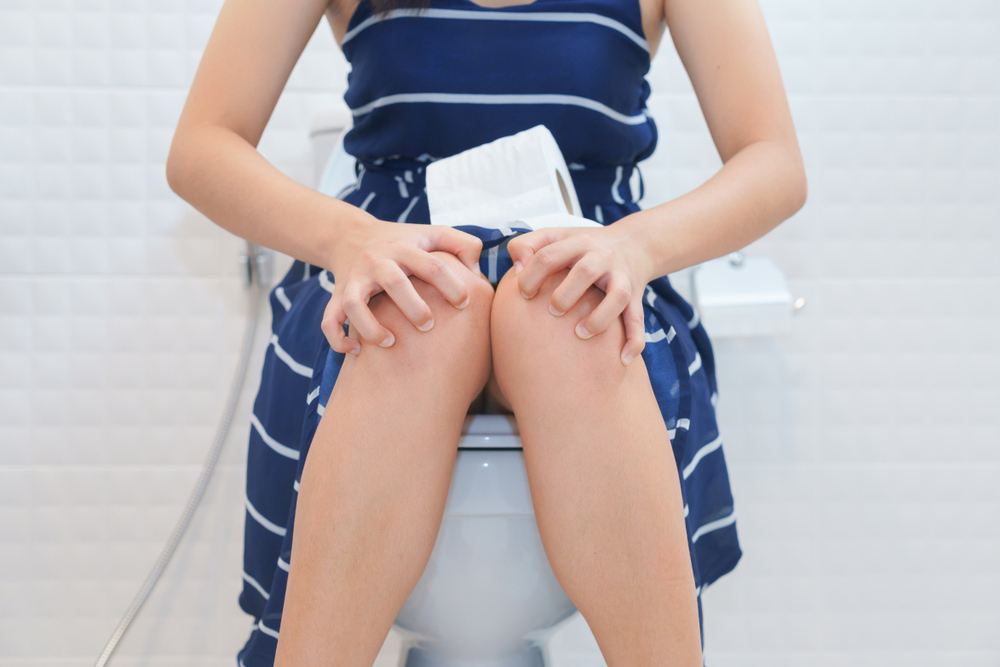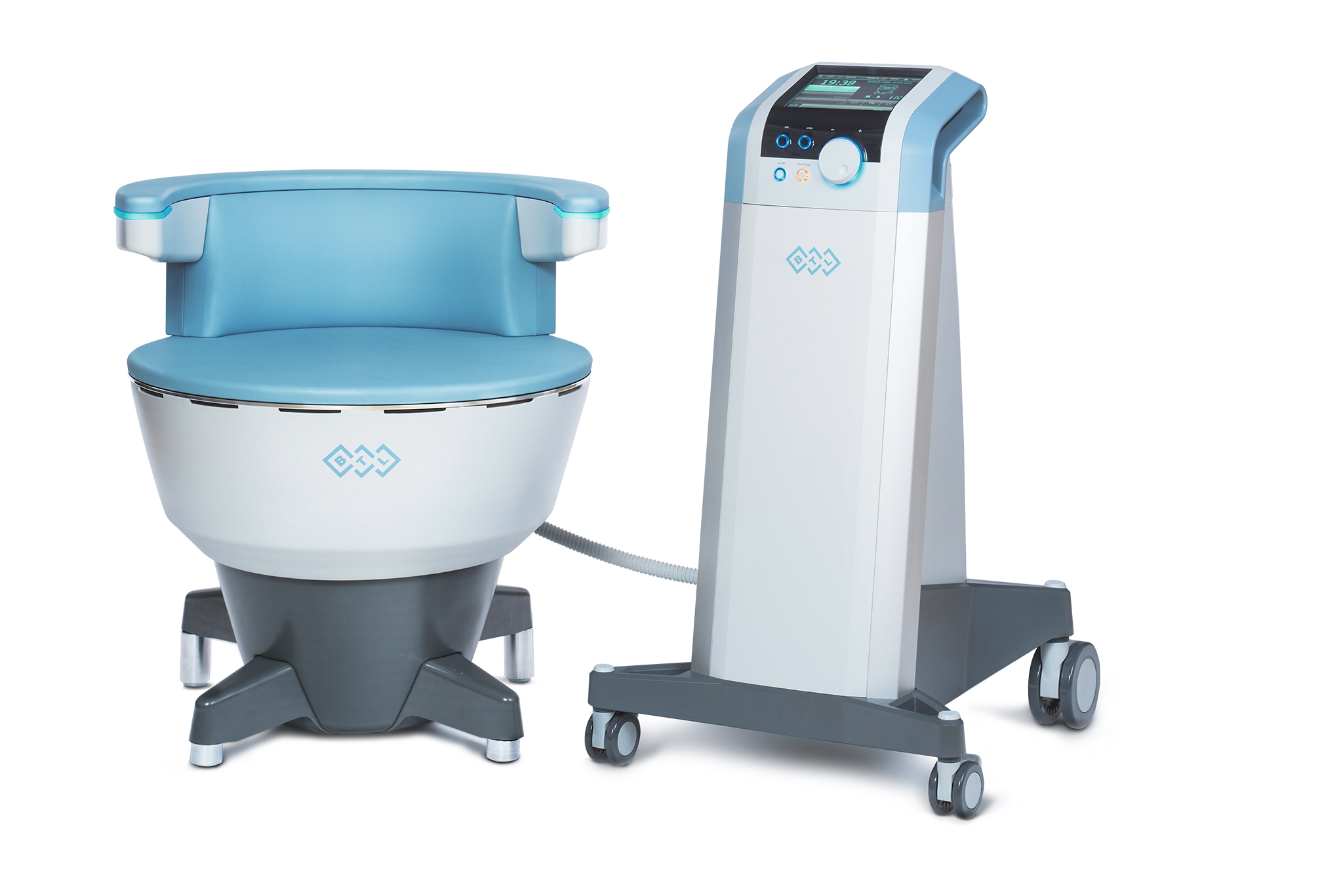
Did you know that constipation is frequently associated with pelvic floor dysfunction? It’s True! And pelvic floor physiotherapy can help.
So How Does Physiotherapy Help?
Physiotherapy for constipation starts with assessing fiber and fluid intake and making adjustments to these as indicated. We also teach abdominal self-massage, toileting positions, and improved toileting habits. We assess and treat pelvic floor muscles, with a particular focus on decreasing excess tension and improving ability to consciously relax these muscles. We will also screen and treat for common coexisting pelvic floor conditions such as incontinence, urinary urgency/frequency and prolapse.
What changes can you expect to see with physiotherapy?
Patients will generally see a significant improvement in consistency and ease of bowel movements. They may also see improvement in abdominal, low back or rectal pain associated with the constipation, as well as other pelvic floor related symptoms such as incontinence or prolapse.
How long will it take to see improvement?
Most patients will begin to notice improvements within a few sessions, though full results will generally take longer.


